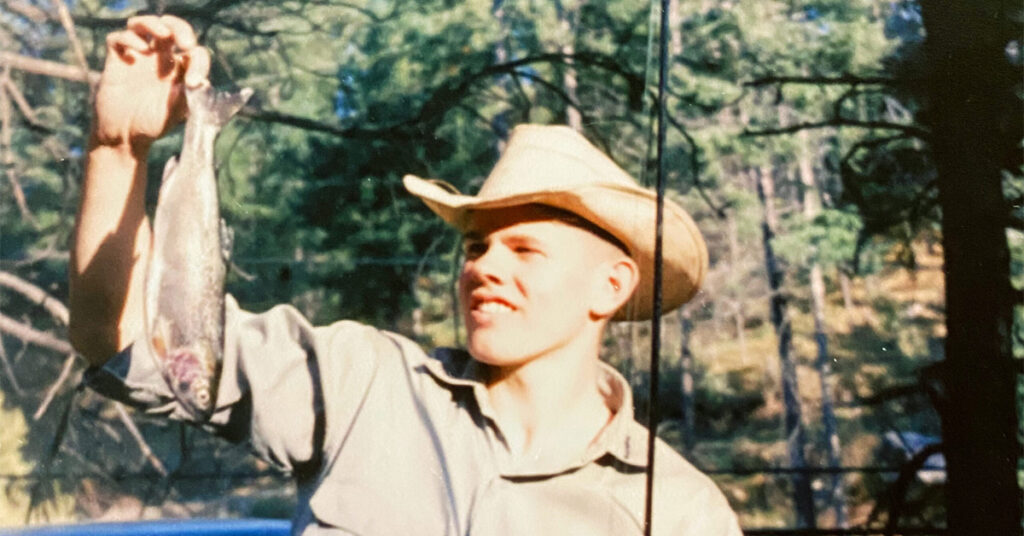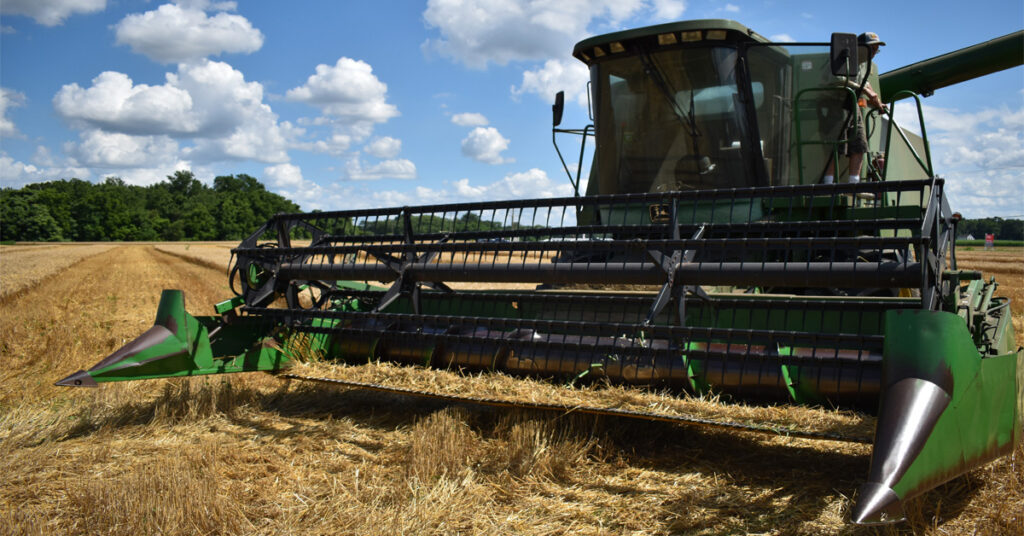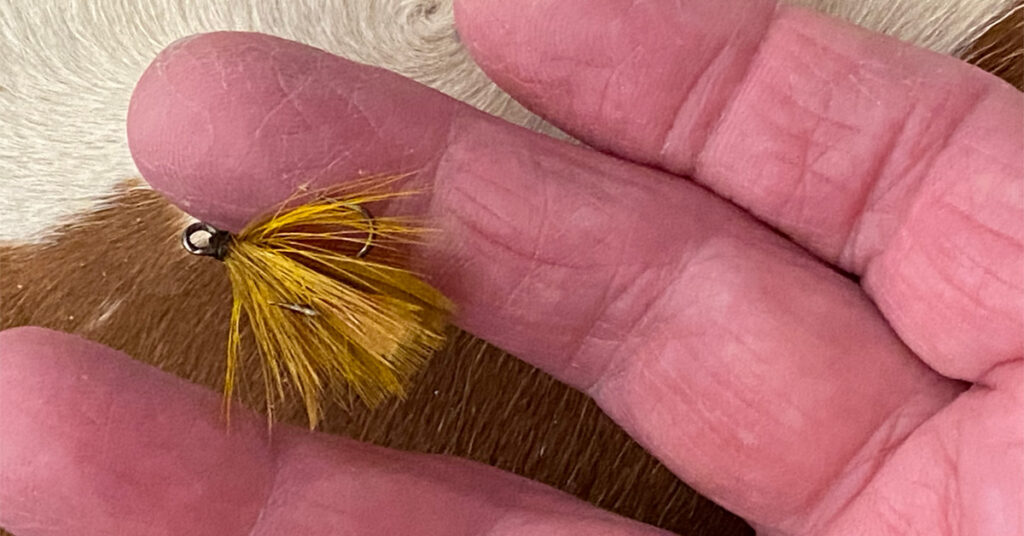John 8:1-12
John ends his account of Jesus (John 21:24-25) by looking at all he had written about Him. He must have hoped it was adequate. There was so much more to write. He was confident that the things he did write were true. He ends by saying, “And there are also many other things which Jesus did, the which, if they should be written every one, I suppose that even the world itself could not contain the books that should be written. Amen.”
When Jesus stooped down that day, and with His finger wrote on the ground, He could have only written a few words. He only spoke fourteen words to the Pharisees and He only spoke nineteen words to the woman. We have no record that Jesus wrote anything else in His earthly life. The few words He wrote and spoke changed the Pharisees and the woman. I want to know what He wrote on the ground. The best I can do is to observe those who read the words.
The woman was the closest to the words. What do we know about her? The picture of this woman is not good. In this passage we see her at her worst. How humiliating to be caught in the very act of fornication. She was then dragged, probably half-clothed and with her hair messed up, and cast down in the dirt at the feet of Jesus. This is a picture of all mankind. Sin is not pretty when it is exposed for what it is. In their sinful state, Adam and Eve hid from God in nakedness and shame. This is a picture of me.
One night, walking out of the Bing Crosby Theatre, after watching a children’s production of Aladdin’s Lamp, I noticed someone lying on the cold cement in the shadow of the building. The crowd walking by didn’t notice him, or ignored him. Another man and I knelt down to see if we could help. The man was not dead, yet not responsive. We shook him a little and spoke to him, “Can we help you?” No response. We called 911. When the firemen got there, they shook him real hard. He came to. He was no doubt passed out from drugs or alcohol. What I will never forget, was that when he stood up, and I got a good look at his face, he looked exactly like me. It was like looking in a mirror. I’m talking identical twins. Yes, I saw myself there. At some point of your life, that is a picture of you too. We have all sinned. When that sin is exposed, none of us look any better before God than Adam and Eve, the man on the cement, or the woman in the dirt before Jesus.
We see a woman cast down, hopeless and waiting to be stoned to death. However, something that Jesus said or wrote in the dirt changed her life. In the end, she is standing and calling Jesus Lord. The law of sin and death was replaced with the law of the Spirit of life in Christ Jesus (Romans 8:2). She stood with no condemnation in Christ Jesus. This new state could continue if she would walk after the Spirit and not after the flesh (Romans 8:1). When Jesus said, “Go, and sin no more,” He was calling her to a life of holiness. You and I are all called unto holiness after we confess Jesus as Lord.
Let’s look for a moment at the Pharisees who brought the woman to Jesus. Like it or not, you and I can also identify with them. They were students of the law. They were more concerned about how the law applied to others than to themselves. Jesus did not come to destroy the law, but to fulfill it. They were right in talking to Jesus about what Moses said in the law (Leviticus 20:10). The problem was that they were only half right. Moses did not command the woman to be stoned only, but the man also. The Scribes and Pharisees had a wrong spirit. They were sure they were right. They wanted Jesus to give a wrong answer. They didn’t like Jesus. They didn’t like the woman. They weren’t really searching for truth. They were threatened by Jesus. How easy it is for us to use the Scripture to make ourselves look right and someone else look wrong. Maybe we feel threatened also.
Jesus answered them by writing in the dirt. I think He might have written, “Where is the man?” The first writing did not stop them. He then told them to look at their own sin. Then He wrote again in the dirt. I wonder if He slowly wrote the names of women that the Scribes and Pharisees were committing adultery with?
Whatever Jesus wrote in the dirt that day soon passed away. However, Jesus was to write in the dirt one more time. That time He signed His name in blood, His blood, that left a trail all the way to the cross and pooled out there as He gave every last drop. Even after He was dead, His side was pierced and the last blood ran out. A writing that could not be mistaken. That blood spoke to the Father. That blood also calls out to you and me. It is the only thing that can cover our sins. The question is, “Is our name there under that blood?” When we come to the cross and confess our sins and repent—turn from them—Jesus writes our name, not in the dirt, but in His book, “the book of the Lamb” (Revelation 21:27).
In the hymn, “Is My Name Written There?” By Mary Kidder and Frank M. Davis, we find the question of the ages:
Is my name written there On the page white and fair? In the book of thy kingdom Is my name written there?




